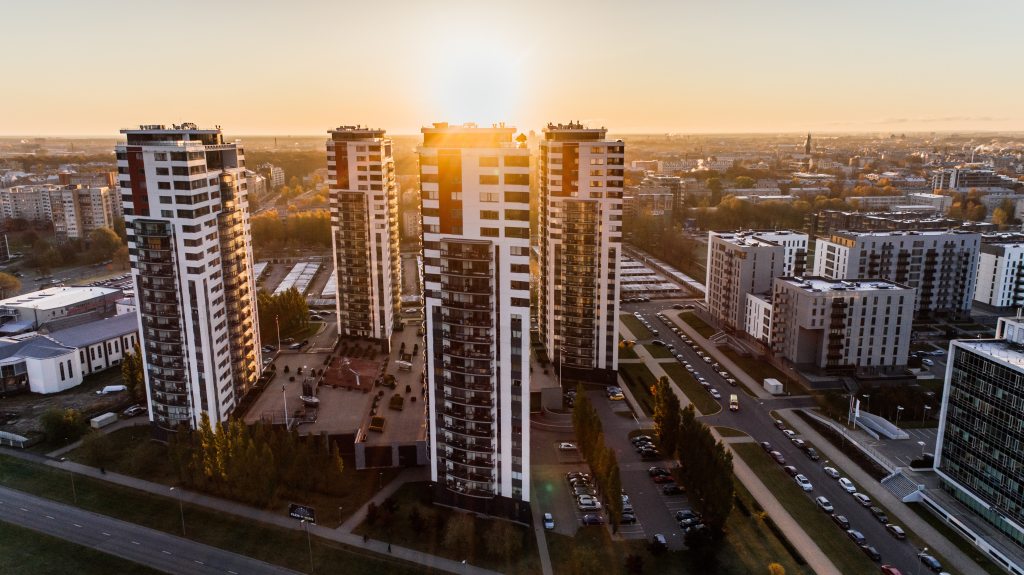Merely generating revenue is insufficient to build the value of your property and improve the cash flow of your portfolio. It takes a variety of strategies and constant refinement to maximize the returns from each of your rental properties. When you apply these ideas across an entire portfolio, it will transform an under-performing set of assets into star performers. The strategies we’ll highlight here include rental rate increases, tenant management, reducing expenses, and onsite services. These aren’t all innovative ideas, but they are proven strategies in the investment business.
Increasing Rents & Tenant Management
The first and most obvious way to generate additional revenue from your rental properties is by increasing rents. Though not the favored approach of tenants, rents must be increased on a periodic basis to ensure that the property achieves its maximum potential given the market conditions. To reduce tenant rejection and high turnover rates, limit rental increases to 1-5% per year. Additionally, include a clause in the rental agreement that ties rental rate increases to a consumer price index. The drawbacks in relying on rental increases to generate additional income are the long time-frame for significant changes and the purchasing power limiting effects of inflation, making the actual increase in income marginal.
Effective tenant management also has the potential to boost income. The quality of tenants, vacancy rates, occupant turnover, and re-leasing costs play a significant role in the income and value of a property. Diligent tenant screening practices help avoid breach of contract and will reduce your headaches further down the road. Stable tenants with strong employment or business histories are the least likely to vacate prematurely and will typically leave the property in better condition than tenants of last resort, meaning lower re-leasing costs to prepare for the next tenant. When possible, give preference to tenants seeking longer lease terms. Longer leases provide greater stability, indicate the commitment of the lessee, and reduce vacancy and renovation costs.
Reducing Rental Property Expenses
Maybe increasing income isn’t feasible, or a priority, due to the state of the market or the condition of the property. In these cases, reducing expenses is always a viable option. If any budget is contemplated thoroughly enough, opportunities can be found to optimize, consolidate, and eliminate expenses. As expenses decline, net income grows inversely. This is one of the most expedient ways to improve positive cash flow in the short term. This potential for improved NOI underscores the value of proper budgeting and expense tracking. Without a clear understanding of the financial status of an operation, it is impossible to make informed decisions regarding expenses, or even determine what is excessive.
What expenses are necessary? Which contribute the most to the value of the property?
Consider how each individual expense and expense category affects the income, value, and desirability of the property. If excessive funds are allocated to a particular category, marketing for instance, to the neglect of maintenance, it can lower the value, appeal, and inherent value of the rental. Expenses should be allocated to achieve the overall objectives of the owner through regular maintenance, budgeting for capital expenses, and sufficient marketing to stimulate demand. Even if the property has a positive cash flow, and other revenue sources are present, it is still prudent to actively monitor, evaluate, and optimize expenses.
Onsite Services for Rental Properties
Income producing properties can derive revenue from sources other than rent. By isolating the needs of your tenants and providing them with useful benefits, you can generate supplementary revenue streams from onsite facilities including laundry, vending machines, phone and internet service, preferred parking, housekeeping, landscaping, fitness centers, event facilities, renter’s insurance, upgraded finishes and more. This strategy can work well for residential and commercial properties and is only limited by the imagination. Offering additional services and amenities is a low risk initiative that can also increase the appeal and demand for your property, increasing the effective value without increasing rents or optimizing expenses.
A novel approach that is suitable for many property types is advertising revenues. Ad placement opportunities for well-located properties include building-side billboards and promotional murals. Even where the property doesn’t provide marketable views from the highway, ad placement and revenue potential exist in the form of ad space in newsletters, tenant portals, email campaigns, and printed materials distributed to tenants. Some savvy real estate entrepreneurs partner with local restaurants to sponsor ‘pizza nights’ and other similar events for which property owners receive a portion of the revenue.
Possibilities
As you can see, the possibilities for generating auxiliary revenue from your rental properties are multitudinous. Regardless of property type or location, clever investors can and will find ways to reap the maximum economic potential from a property. This is just part of the appeal of real estate investment as a long-term vehicle for wealth generation and stable passive cash-flow. Partnering with an established real estate investment and funding platform will help you identify, fund, and optimize the best and most diligently researched opportunities.


